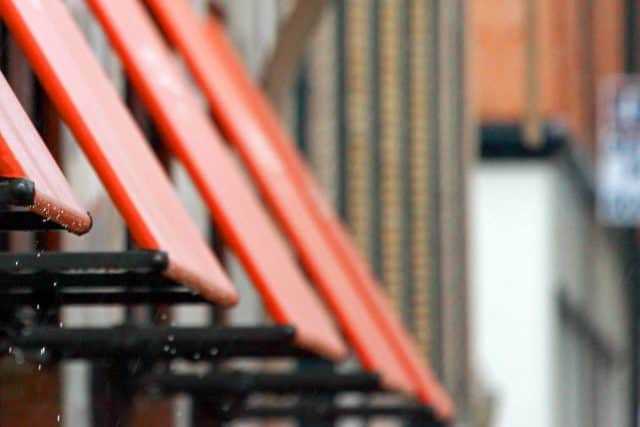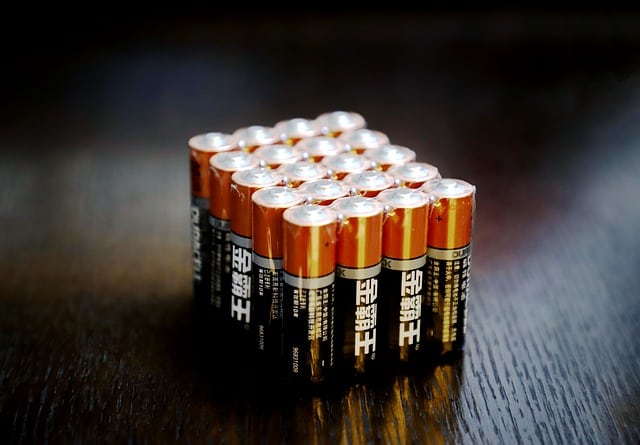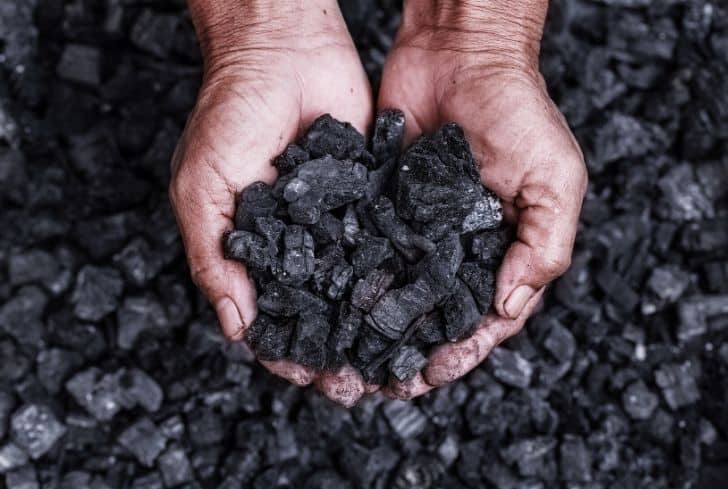How Window Awnings Can Reduce Your Energy Costs?

People are looking into fresh and innovative solutions for going green and preserving energy. However, a green solution does not have to be fancy to be effective. We can simply look into the old days and see how people handled certain things back then, to find out how we can do them more environmentally-friendly now. Window awnings have been around for decades, and believe it or not, they are one of the smart solutions.
Strategic positioning
It’s not all about the awnings themselves, but also about how you position them, that is, knowing where to place them. Think of the windows which get the most sunlight. The way awnings work is that they help you manipulate natural elements your windows are exposed to for maximum energy gains. According to studies, if you place your awnings on the windows facing west, you could be reducing the amount of solar heat coming to your home by 77%. If you also choose to place them on the windows facing south, you are looking at additional 65% less solar heat in summer.
Fixed vs Retractable awnings
As with many other products which have been on the market for a while, awnings were also subjected to evolution and have improved over time which has resulted in two main styles of awnings, with a lot of different varieties within each group. Fixed or stationary awnings are those installed to permanently shade your windows. Their advantage is that they require less maintenance and are sturdier. However, they can lose their “fine looks” quickly as they are exposed to elements 24/7. In the world of awnings, their most attractive trait is their price. Retractable awnings can, obviously, be retracted when they are not needed and when the weather is bad. This can preserve them and keep them in a good shape much longer. They can be manual or automatic.
Automatic ones cost more so when you purchase them, so make sure they are cost-effective, at least in the long run. Once you decide to have a look into awnings, you will notice that their price greatly varies and so do their properties along the scale. This means that if you are willing to spend a little bit extra and that extra still results in cost-effectiveness. You can get awnings with all the best features of both styles of awnings.
Different costs of energy losses
Having mentioned the cost-effectiveness of window awnings in the previous paragraph, we have to stop and discuss the actual costs of energy losses.
The first cost is the monetary one and that is the difference shown on your monthly bills. With this type of cost in mind, you start saving the moment the difference between what you paid for your utilities before, and what you are paying now, exceeds the amount you’ve spent on awnings.
On the other hand, we have to observe the impact that the amount of energy spent, particularly if we use traditional, non-reusable sources of energy. Typically, on average, each home releases about two tons of carbon dioxide while cooling their home in the summer. So the moment you start reducing the amount of energy spent on your home, you will start reducing your ecological-footprint thus helping preserve the planet. You should also remember that when you calculate the cost-effectiveness.
How awnings help reduce heat in the summer
Awnings might be one of the best energy-efficient ways of cooling your home. Awnings can reduce your cooling bill by approximately 50%. The sun penetrates through glass surfaces of your home and heats up the air in it. With awnings in place, this isn’t the case. Place your awnings so they work together with the surrounding greenery on shading your home. If you have enough trees on one side, then the awnings could perhaps help more on the other side. You could also try using portable awnings and move them around as needed.
Retractable awnings best for winter months
Looking at many coffee shops, as well as residential gardens, most of us perceive awnings as a type of sunshade. While this is traditionally the case, and not a lot of people will install them with winter in mind, awnings also help reduce energy costs in the winter. Particularly sturdy awnings will protect the windows from wind and snow. According to one of the awning providers, Oztech, quality retractable awnings are probably the best choice.
Not only that the retractable type of awnings has better chances of lasting through many winters, but they are also specially designed to help you during this period. Unlike the stationary type, retractable awnings can be moved so as to allow the sunshine in. The solar energy does the same thing in the winter, it tends to do in the summer, that is, heat up the air inside your home. This will make your home warmer. Another cool feature they have is that they can help trap the heat in the areas around the windows and thus keep that part of the house warmer.
The style
The color, the fabric, and the style of your outdoor awnings can make a great difference. Light colors are known to reflect the light, while dark color may absorb and trap the heat. This might not make much difference in the summer, but it certainly does in the winter. Most awning fabrics are treated so they are resistant to fire, water, and staining. Watch that the design of an awning suits your purpose and the surface you are putting it on. Make sure that it can allow the air to flow so it does not trap the heat underneath in the summer months.
Case studies
The Professional Awnings Manufacturers Association (PAMA) has conducted a survey to calculate exactly how much energy and money can awnings reduce. They can save energy, reduce the carbon pollution caused by an AC, and preserve your AC unit. PAMA found that window awnings can save about $200 annually on average for each household using them. They are an excellent energy-saving solution for older homes with poor insulation. Your AC is responsible for about 16% of your energy consumption. On the other hand, awnings do 20% of the work for your AC unit. Have a look at your energy bills and calculate the gain.
Find awnings which best suit your home and position them correctly for maximum gain. You will see that only truly extreme temperatures will make you switch on the AC. In the meantime, you will be enjoying the comfort of your stylish shade and rejoice in the fact that you are not only improving your budget, but you are also working toward preserving the environment.






